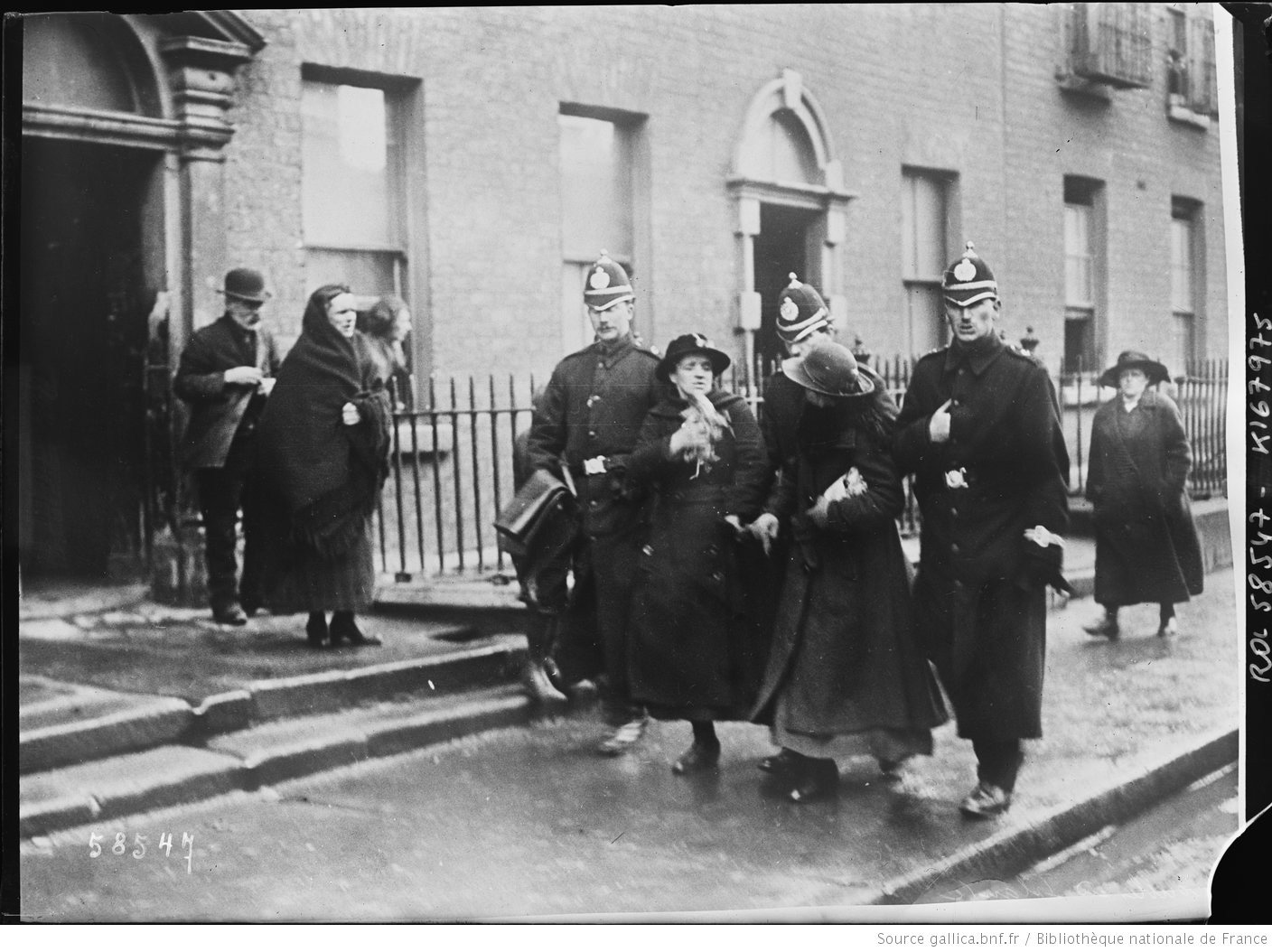By Joseph E.A. Connell Jr
On 2 April 1925 the Dublin Metropolitan Police (DMP) merged with An Garda Síochána (originally the Civic Guard) under a new act. The DMP was established under the Dublin Police Act (1836) as an unarmed, uniformed force of 1,000 day and night constables, along the lines of the London Metropolitan Police (formed in 1829), with a training depot at Kevin Street police station and headquarters in Dublin Castle.
The Castle-controlled organisation was more accountable than the untrained constables and night-watchmen it replaced. Towards the final decades of the nineteenth century, there was a marked move to professionalise the organisation. Choosing to join the police began to be viewed as a prospective career option, where diligent training and study could lead to promotion and better pay. The police professionalisation process was twofold. The structural changes were implemented in response to societal ones, such as population growth, economic shifts and the increased complexity of local infrastructure (such as new modes of transport and communication). The onset of scientific progress along with evolution of crime-fighting (detection and prevention) methods also contributed to the elevation of the police service as an occupation.

As an unarmed urban force, the DMP did not participate as actively in the War of Independence as did the paramilitary Royal Irish Constabulary (RIC), and consequently did not suffer the same rate of casualties (although three men were killed and seven injured). The majority of the DMP uniformed personnel maintained a neutral role, restricted to traditional policing functions. However, an expanded G Division was employed as an active intelligence agency against the IRA and did not come off so lightly. Selected ‘G-Men’ were first given warnings by the IRA in April 1919. Five members of G Division were subsequently killed by the IRA, the first in July 1919. Several DMP officers actively assisted the IRA, most notably Eamon Broy, who passed valuable intelligence to Michael Collins throughout the conflict. After the creation of the Irish Free State, the DMP became known as Políní Átha Cliath (Dublin Police) from 1922 to 1925, after which the force ceased to exist as a separate entity.
The ‘bobby on the beat’ approach to policing has survived in Dublin. Many modern urban police forces, which had initially moved away from that model, have brought policing back to its roots, with regular foot patrols and community integration. The community-oriented policing approach closely follows the beat model and has been regaining popularity in Australia, Europe and North America, particularly through the final decades of the last century. A round-the-clock visible presence of gardaí on the streets, with a thorough knowledge of their environments, is still viewed as optimal in the ongoing fight against crime and the curtailing of antisocial behaviour, reducing the fear of crime and improving the overall quality of life in communities.
Joseph E.A. Connell Jr is the author of The Terror War: the uncomfortable truths of the Irish War of Independence (Eastwood Books, 2022).
